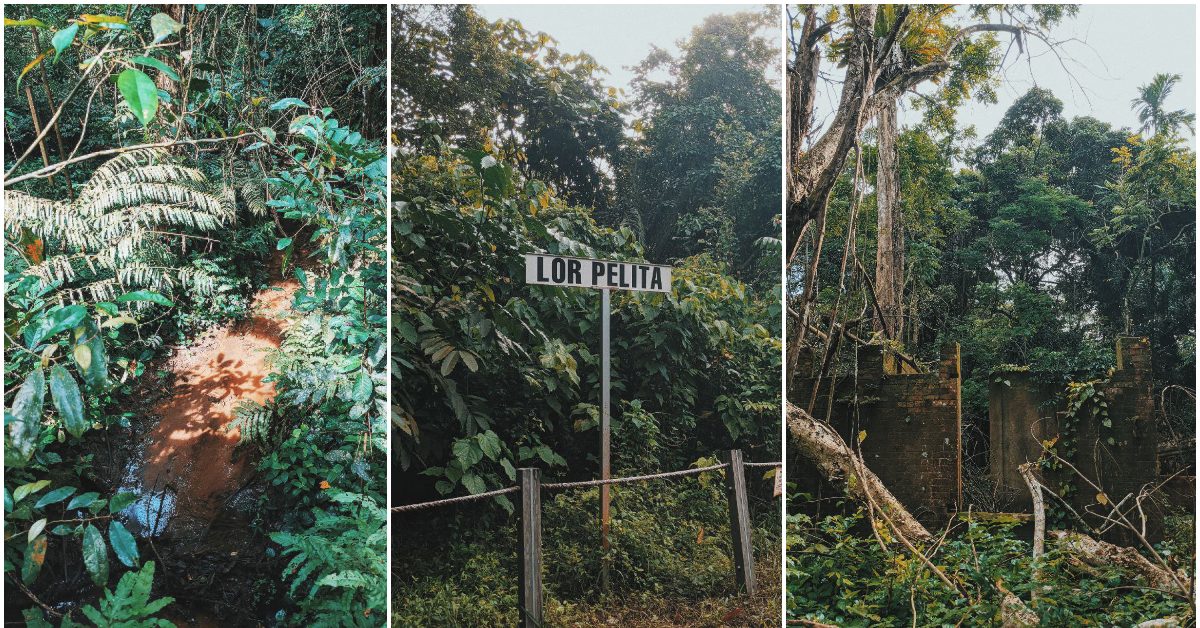[ad_1]
The Central Catchment area is known for its cluster of nature parks that offer a contrast to the modern stylings of downtown Singapore. But it’s not all just woody trails and secondary rainforests.
Thomson Nature Park may not be as sprawling as the other nature reserves and parks in the area but this buffer park has some gems of its own. Buffer parks refer to green areas which act as a buffer between urban development and nature reserves to reduce pressures and stresses on the reserves.
The park officially opened to the public in October 2019 and was also the former site of a Hainan village in Singapore. And if you think village life is bucolic, this area was also known for another pretty exciting event.
The village life
The village was established in the 1930s by Hainanese immigrants who were one of the last Chinese communities to settle in Singapore and was known for its rambutan plantations and farms, of which you can still see remnants today.
By the 1960s, it was housing approximately 100 families who came from various dialect groups and ethnicities. Farming was the main livelihood in the village and residents reared poultry and pigs, and cultivated fruits like rambutan, durian and pineapple.
In the 1980s when Singapore went through an age of urban development, people left villages to live in more modern homes and the land was overtaken by secondary forest.

The trails that go through the forest take you through some ruins that show what’s left of a pig farm, a kitchen, outhouses, abandoned wells and old road signs.
There is also information on certain ruins and areas in the trail further describing how life was in the village and also prompting you to look for the right things among the ruins.
Famous residents
Fun fact: One of the families who settled in the village went on to open one of Singapore’s popular franchises.
The family-run business started selling western food and Chinese dishes such as Hainanese pork chop. In 1978, the Han family set up a small bakery in the nearby Upper Thomson Road and eventually expanded it islandwide to become the Han’s Cafe chain.
Grand Prix track
While the Singapore Grand Prix these days pulls in the biggest names in motorsport and entertainment, in September 1961, the first grand prix was held in the Thomson Road circuit which went through the village.

The circuit rain 4.8km long and included some very dangerous hairpins and bends, including the infamous Devil’s Bend. This bend was also the most dangerous turn of the circuit and the Thomson Road circuit was reputed to be one of the most dangerous tracks in the world.
It is also exactly why plenty of road accidents happened here and the race was discontinued from 1973 onwards.
Now, the Singapore Grand Prix is held in the Marina Bay street circuit and is one of the most popular tracks with the Formula 1 drivers.
Wildlife in the park
Since Thomson Nature Park opened to the public, it’s also a place to spot some wildlife. Residents of the park include the lesser mousedeer, macaques, the straw-headed bulbul and more.
A freshwater stream also runs through the park and is home to native aquatic species like the near-threatened spotted tree frog and the Malayan box terrapin.

Its most famous – but elusive – residents is the banded leaf monkey known to have a body of black fur, distinguishable rings around their eyes, and bright orange babies.
The monkey is also a native animal in Singapore and was discovered by Sir Stamford Raffles almost 200 years ago when they were commonly spotted around Singapore. Today there are only about 60 of these monkeys left in the wild.
Check out more Secret City:
[ad_2]
